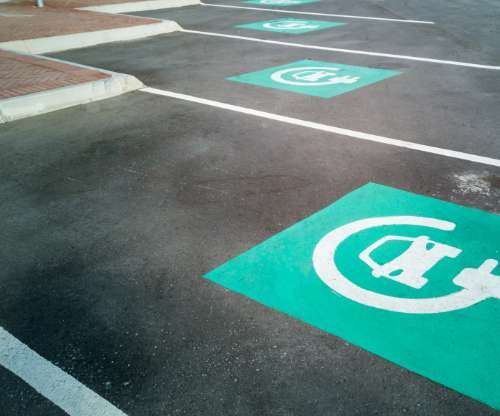ICCT: incremental technology can cut vehicle CO2 by half and increase fuel economy >60% through 2030 with ~5% increase in price
Green Car Congress
MARCH 22, 2017
Engineering studies and emerging supplier technology developments indicate that costs for lightweighting, direct injection, and cooled exhaust gas recirculation will be reduced by hundreds of dollars, and electric vehicle costs will drop by thousands of dollars per vehicle by 2025. EPA found cylinder deactivation CO 2 benefits of 3.5%–5.8%
















Let's personalize your content